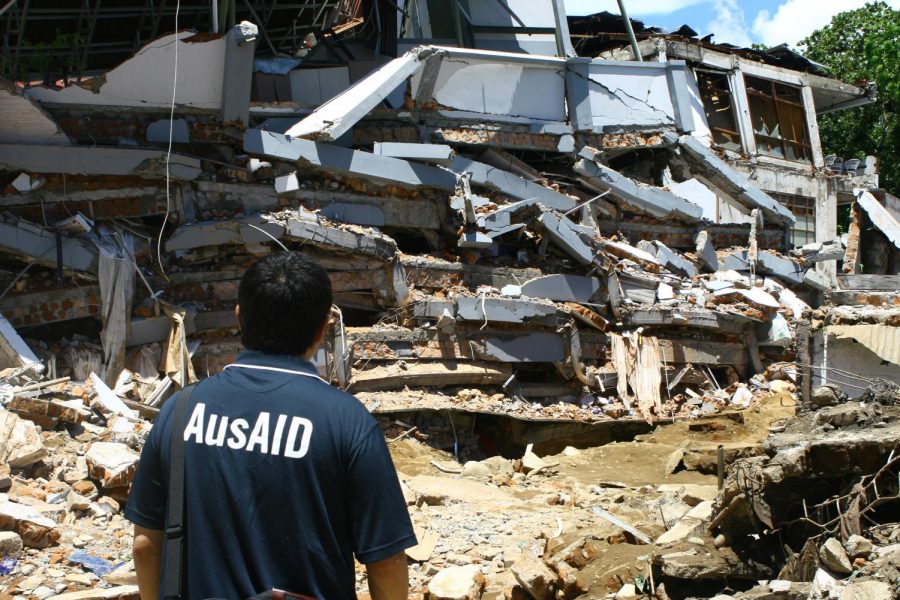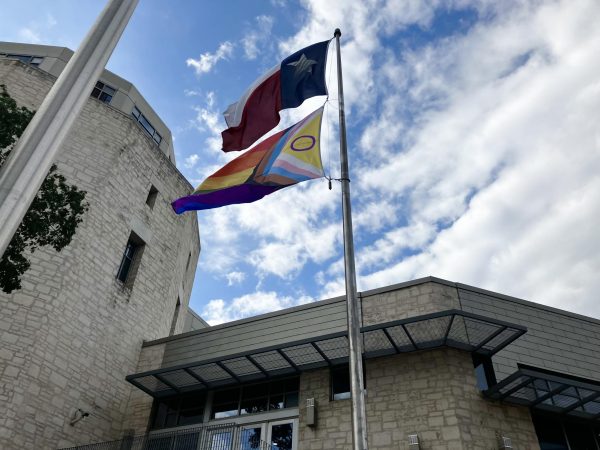Indonesia Failed Its Citizens
Opinion
After last month’s deadly earthquake and tsunami, Indonesian officials are calling off the search for victims. With over 1,754 dead and 2,549 injured, rescue workers are tiring, calling some sites “mass graves” due to the sheer amount of bodies in one area. Those who have not been found by Oct. 11 will be presumed missing or dead. As a result, many citizens are angry, not only by the discontinuation of the search, but also by the lack of warning and preparation that the government gave them.
The devastation started with a 7.5 magnitude earthquake that hit close to the island of Sulawesi, triggering aftershocks and later a tsunami. Palu, a city in Sulawesi, was hit by six-meter high waves, and sadly, there was a beachfront festival that wasn’t stopped, so hundreds of people became trapped by surging waters. Although a warning was sent out, it was only sent out for 30 minutes and the machine was off on its predictions, predicting one-half to three-meter-high waves instead of six. There were also no sirens along the coast, so people couldn’t have heard even if the warning time was increased.
Another issue was that the warnings may have never been received. The earthquake had cut power and communication lines so resources for the warning system were scarce. Out of 170 earthquake sensors, the budget only permits Indonesia’s geophysics agency, the BMKG, to maintain 70. The sensors that the BMKG have in the water surrounding the island also don’t work because there was a delay in funding and because pirates continue to steal parts off of the 100 million dollar buoys, preventing the organization from tracking tremors. The agency admitted that the Indonesian government focuses more on relief than prevention. It’s possible that, if the system was prioritized and maintained by the government, more lives could have been saved.
While no prevention system is perfectly secure, the government could have at least done more to prevent the number of deaths. Prioritizing the technical aspect of it would have helped a lot, but it isn’t the sole solution. Even if the system was fully working, it isn’t as technically advanced as buoys in the United States or in Japan, although there are close to 14 fault lines in the area. A solution to this is using America’s current warning system, the Deep-ocean Assessment and Reporting of Tsunamis, also known as DART and implement it in Indonesia. While it would be expensive, the country should prioritize human lives over money, especially if citizens are near the coast and in increased risk of endangerment.
The last time the United States had helped Indonesia with its tsunami detection efforts was during the Clinton administration and from that point in time, technology has changed to better prepare those close to the coast. In California, which has been hit by 31 tsunamis since 1933, dozens of deep ocean sensors have been placed near the coast to sensor tremors. Providing some of its more advanced technology to help more developing countries, such as Indonesia, would help warning systems be more accurate, as the buoys by themselves have not been able to fully inform citizens.
Indonesian infrastructure should also be improved to withstand such disasters. When the tremors hit, the loose soil in the area shifted and the soil became saturated. The soils then experienced “flow failure,” which means that soil ran downward, causing the ground to act like water. Roads folded and housing rolled along the street, and people fell in, trapped by the rising mud. Strong support systems, such as a long cement foundation, should be regulated in the area to prevent houses from collapsing since most victims died from being crushed by collapsing buildings or the mud. “Earthquake drains” could have been implemented to prevent water from flowing into the soil, however, for developing countries such as Indonesia, it may be hard to pay for an advanced system of plumbing and drainage. However, while the implementation of it may be hard, liquefaction causes more deaths than the shaking in earthquakes, so it’s important to prioritize it. Even in the Japan tsunami of 2011, liquefaction was cited as the main factor, and therefore, scientists implemented earthquake drains around the affected areas, as Indonesia should do in its own country.
Although Indonesia could have taken more preventative measures, the tsunami wasn’t normal. The type of earthquake that occurred doesn’t usually create such a devastating tsunami. The narrowness of the bay could have possibly affected the intensity but nevertheless, the people wouldn’t have been fully prepared, even with the most advanced systems. However, just like Indonesia, if a large earthquake takes place near the American coast, the wave could arrive before authorities can put a warning out. International officials are now saying that even the most perfect detection system has its faults, and therefore, the earth is the best warning. They are saying that any citizens near the coast should self-evacuate after an earthquake and that they should rely on themselves, not faulty machines that could be cut off by power outages, to protect themselves. Sadly, nothing can be done now to take back the lives lost, but hopefully, with more advancements and awareness, such a disaster could be prevented in the future.

When I'm not writing, I listen to music a lot, and I love dance and psychology. This is my third year on press, and when I'm not editing stories, I'll...






